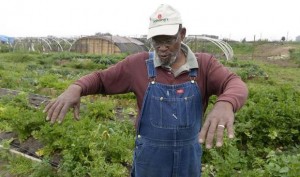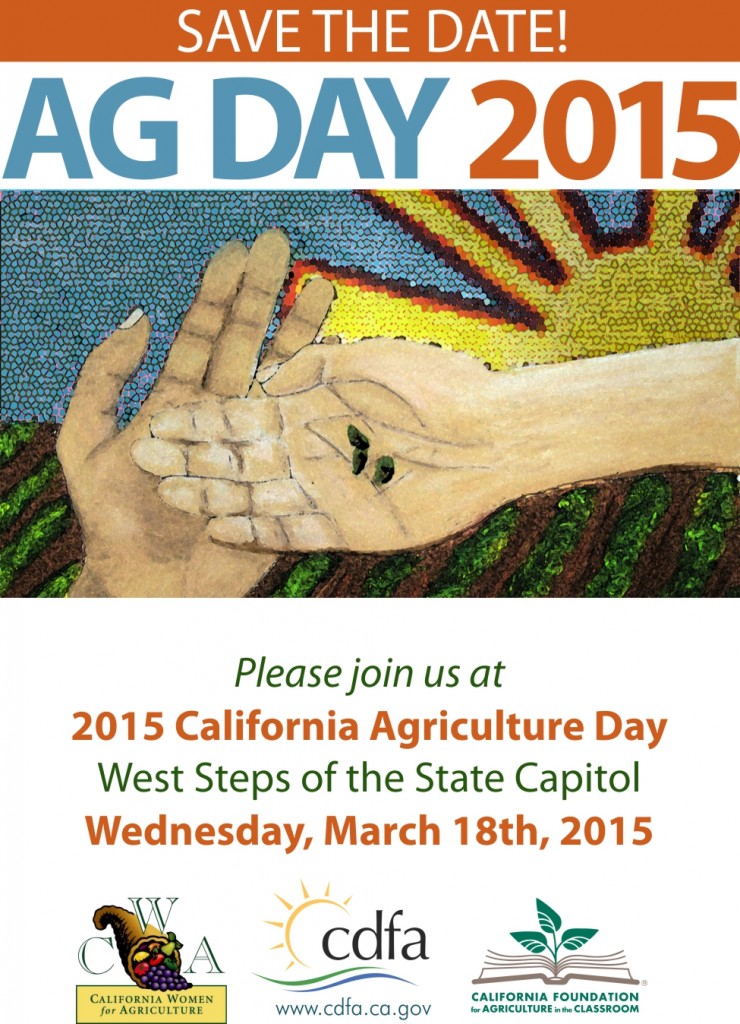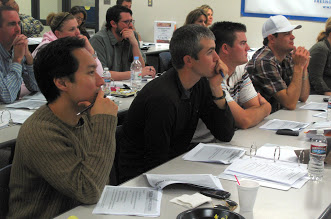Up to $25 million will be provided for new food service equipment; $5.5 million for training
WASHINGTON, March 6, 2015 – Agriculture Secretary Tom Vilsack today announced that the U.S. Department of Agriculture (USDA) will be awarding over $30 million in grants to help schools prepare healthy meals for their children. Twenty-five million dollars in grants will help schools purchase needed equipment to make preparing and serving healthier meals easier and more efficient, and up to $5.5 million will provide additional training for school food service professionals.
“Schools are successfully serving more nutritious meals to America’s students, and healthier meals mean healthier kids. We’re working to do everything we can to support schools as they work to provide kids the nutrition they need to learn and develop into healthy adults,” said Vilsack. “These grants will help schools obtain better equipment and additional training for their hardworking school food service professionals. With doctors, parents, teachers and schools all working together, we can make sure we’re giving our kids the healthy start in life they deserve.”
Since 2009, USDA has provided $185 million in kitchen equipment funding to states and schools participating in the National School Lunch (NSLP) and School Breakfast (SBP) Programs. USDA provides the funding to states, which then competitively award grants to school districts in order to purchase necessary equipment, giving priority to high-need schools where 50 percent or more of the enrolled students are eligible for free or reduced price meals.
Download the list of funding by state for FY14 and FY15.
The school equipment grants announced today are another example of how USDA is supporting schools as they implement the new meal standards resulting from the Healthy, Hunger-Free Kids Act of 2010. USDA works closely with schools to address implementation challenges, and provides funding, training and technical assistance to overcome barriers.
To further assist school food workers USDA is also announcing the availability of up to $5.5 million in Team Nutrition training grants for FY2015. These grants are only open to state agencies administering the NSLP, SBP, the Summer Food Service Program, or Child and Adult Care Food Programs. Through a competitive grants process, Team Nutrition training grants will be funded for the period of September 30, 2015 – September 30, 2017. State agencies may apply for up to $350,000. To apply for the grants, state agencies should visit www.grants.gov.
These competitive grants focus on the implementation of Smarter Lunchrooms – an innovative strategy using behavioral economics to encourage healthy eating in the cafeteria – as well as the healthier meal standards, HealthierUS School Challenge, USDA Foods, nutrition education, and wellness activities in schools and child care institutions. These funds may be also used to assist the state agency in providing training and technical assistance to school staff in creating Smarter Lunchrooms.
The Team Nutrition Training grants are two-year grants that have been awarded to state agencies on an annual basis since the inception of the program in 1995. They serve as key delivery systems for supporting the implementation of USDA’s nutrition requirements for meals served in schools and child care centers.
USDA’s Food and Nutrition Service administers America’s nutrition assistance programs including the National School Lunch and School Breakfast programs, the Child and Adult Care Food Program, the Summer Food Service Program, Supplemental Nutrition Assistance Program, and the Special Supplemental Nutrition Program for Women, Infants, and Children (WIC). Together these programs make up the federal nutrition safety net.
#
View this release on USDA’s web site here.










